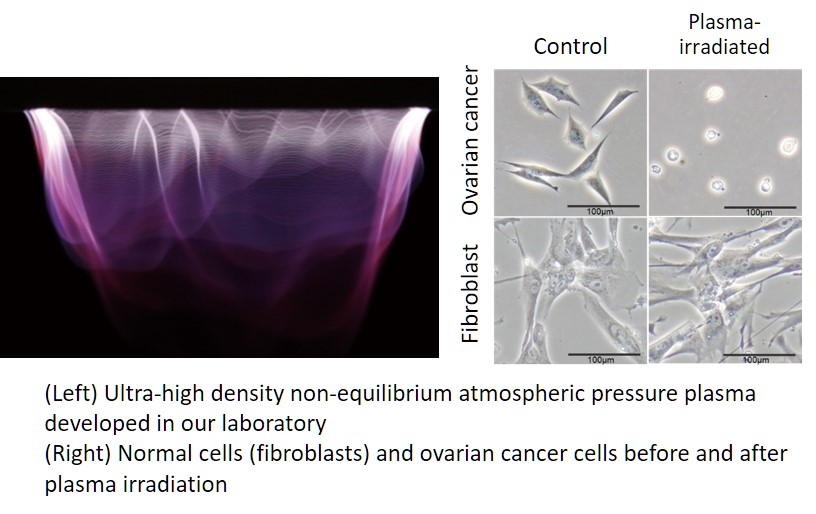Overview
Organizations
- HOME
- >
- Recent events
007
Prof. Ando of the Department of Information and Communication presented the study of his new scheme that improves the performance of microprocessors by optimizing instruction scheduling in the issue queue.
The scheme dynamically configures the issue queue as a newly proposed modified circular queue (CIRC-PC) or random queue with an age matrix by responding to the degree of capacity demand. CIRC-PC corrects the issue priority when wrap-around occurs by exploiting the finding that instructions that are wrapped around are latency-tolerant.
Details are here
006
Novel phenomenon of spectral peaking was discovered in Nishizawa Laboratory, Department of Electronics (Quantum Opto-electronics group).
A novel phenomenon of periodical spectral peaking was discovered in Nishizawa laboratory, Department of Electronics. When the ultrashort pulse passed through a molecular gas cell was coupled into optical fibers, the sharp absorption spectra of molecular gas were turned into sharp intense spectral peaks periodically during the propagation along the fiber. This new light source is useful as the novel optical frequency comb, and it can be achieved in wide wavelength range from ultraviolet to mid-infrared. This highly functional light source is expected to apply to the field of optical metrology as the optical frequency standard and ultra-high repetition rate pulse source.
Details are here
Details are here

Spectral peaking with molecular gas and ultrashort pulse
005
In the Wireless Systems Group of the Department of Information and Communication Engineering, we are studying “Stochastic Resonance” to improve systems' response characteristics by actively utilizing noise.
Stochastic resonance (SR) is a nonlinear phenomenon in which a system's response improves as the noise intensity of the system increases. Traditionally, the noise has been considered a hindrance in engineering and has been actively removed by filtering and other methods. In stochastic resonance, however, a different approach is taken. In other words, the response of a system can be improved by actively using noise. For example, ecosystems have a mechanism that can detect even weak signals buried in noise by skillfully utilizing the noise in signal processing. If we can apply this mechanism to information communication, we can expect to construct an information communication system using weak signals that cannot be detected by conventional systems.
Details are here
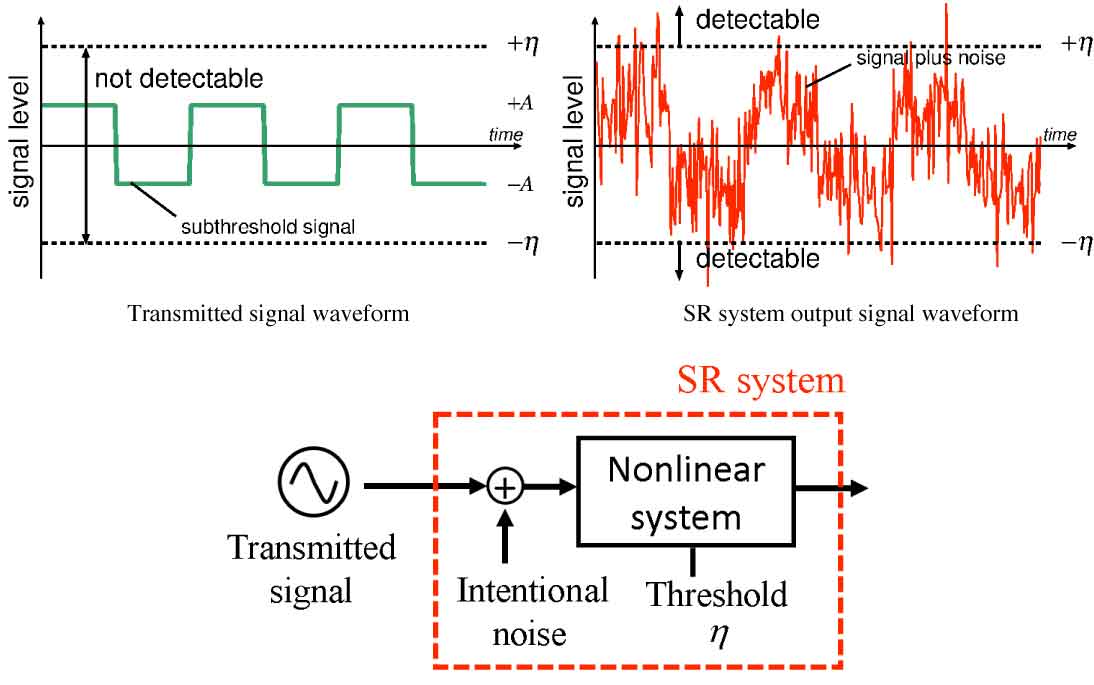
Transmitted signal waveform and the output signal waveform of the SR system.
004
Spatiotemporal plasma parameter measurements were succeeded in the detached divertor plasma.
Ohno Lab. (Dept. Electrical Engineering) are working on researches regarding plasma-neutral and plasma-wall interactions to realize the future fusion power generation. In a recent study using a linear device, high temporal resolution parameter measurement was performed with statistical techniques in the detached plasma, which reduces the heat flux flowing into the wall. As a result, spatiotemporal behaviors of electron density, electron temperature, and plasma potential around the plasma ejection event across the magnetic field were revealed.
Details are here
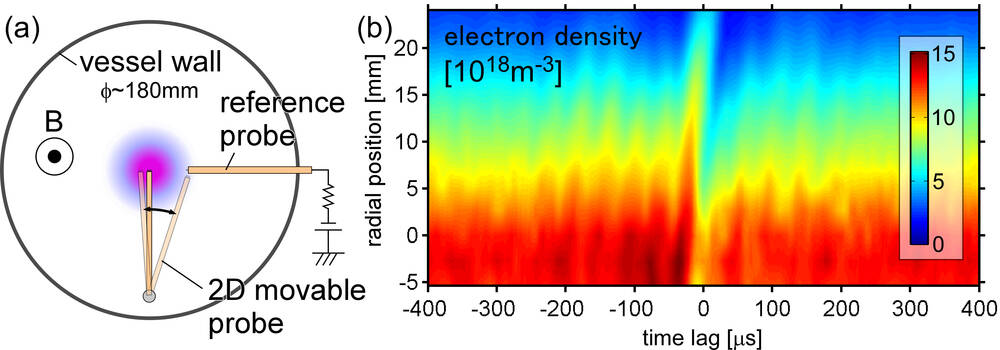
(a) Schematic of the measurement system and (b) an example of obtained parameter behaviors.
003
Energy systems (Chubu Electric Power) funded research division has successfully formed a 3D-printed solid insulator for electrical power equipment.
Solid insulating material group in energy systems (Chubu Electric Power) funded research division has successfully formed a 3D-printed solid insulator for electrical power equipment. A specially-developed 3D printer that minimizes the negative effect on the electrical properties of solid insulators is proposed and constructed. The result is the beginning of the digital fabrication in a power field, which has been presented in CIGRE, the foremost global community for the collaborative development and sharing of power system expertise, and will be published in CIGRE journal. “3D Printed Solid Insulator: Possibilities and Challenges”, M.Kurimoto, Y.Suzuoki, Y.Uchida, CIGRE2020
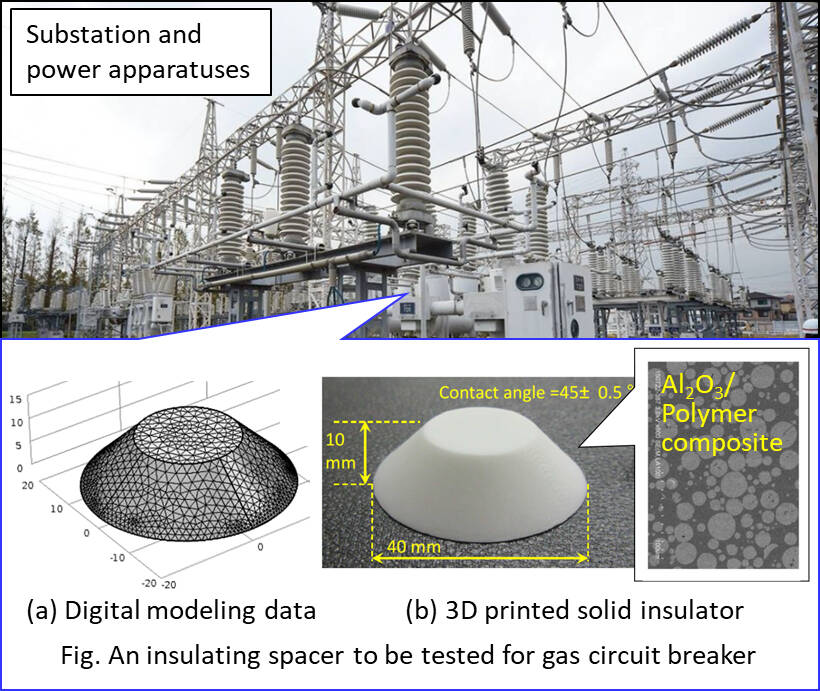
002
Behavior Signal Processing Laboratory researches intelligent information processing technology that harmonizes humans and machines.
In our laboratory, we are studying intelligent behavioral signal processing technology for human-environment interaction in the real world, based on machine learning and statistical signal processing. In particular, we tackle problems in automatic driving, human behavior understanding, speech conversion, and human-computer interaction technology required for them. For example, recently, in team sports such as soccer and basketball, we have developed technology that predicts the trajectory of a player by reflecting tactical information and whose information the agents utilize.
Details are here
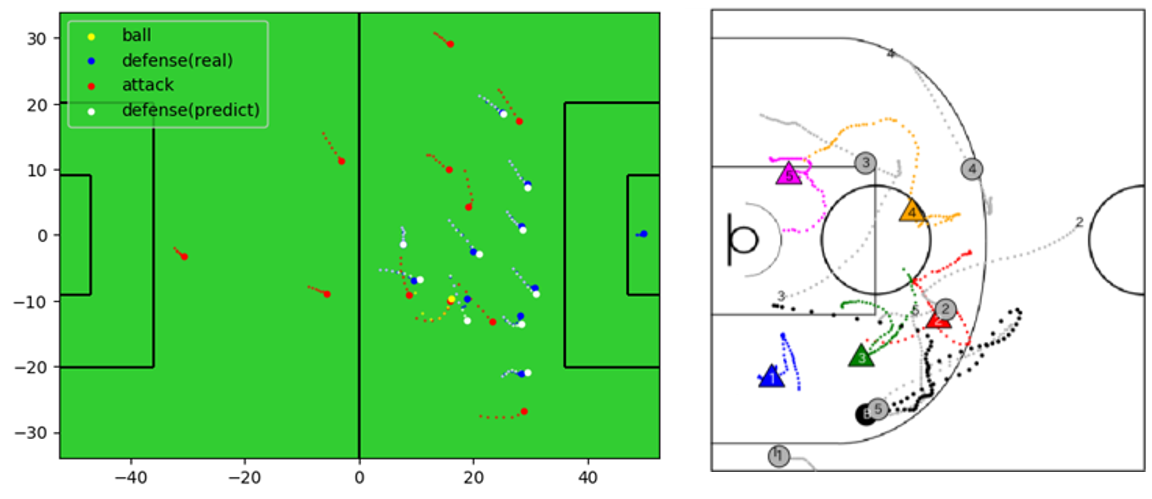
Figure: Trajectory prediction in (left) soccer and (right) basketball.
001
Study on plasma medical science
The Hori-Ishikawa Laboratory of the Department of Electronics is engaged in research on the medical application of non-equilibrium atmospheric pressure plasma in collaboration with the Nagoya University Hospital. The recent comprehensive gene expression analysis reveals complex mechanism of the selective killing of cancer cells by plasma-activated solutions. In the future, it is expected to be possible to develop cancer treatment strategies based on personalized medicine by using different plasma active solutions for various cancers with drug resistance.
Details are here
Details are here
